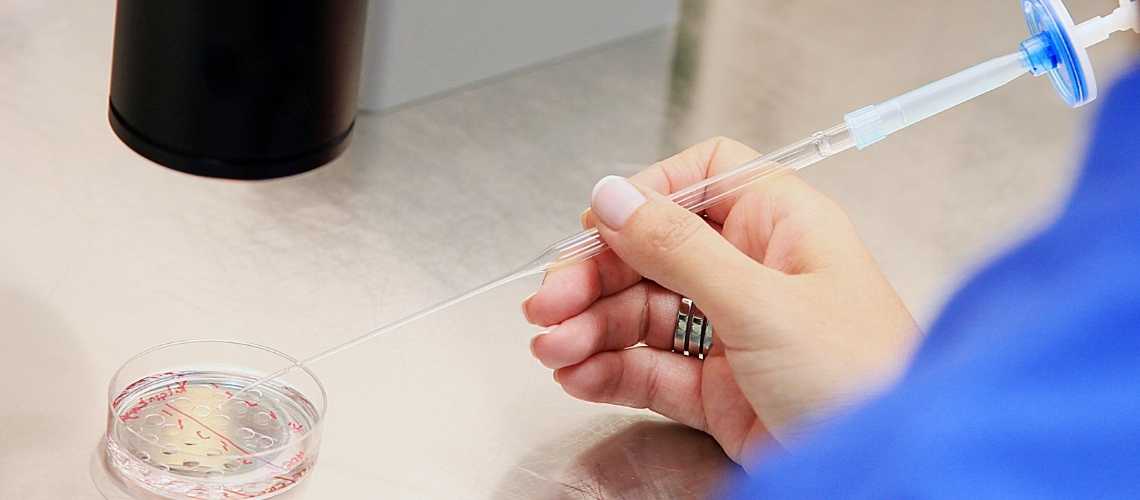There is no universal cap on IVF cycles; decisions hinge on age, ovarian reserve, embryo quality, medical risks, and psychosocial tolerance. Cumulative live birth rises across attempts but plateaus. Periodic review ensures ongoing benefit, safety, and ethical, cost‑aware care.
Cumulative live birth by cycle number: younger patients may gain substantially across the first three cycles, while older groups see diminishing returns earlier. Tracking euploid availability, implantation rates, and miscarriage risk guides whether to continue or adjust strategy.
Safety considerations over multiple cycles: repeated stimulation is generally tolerated, but monitor OHSS risk, response attenuation, and endometrial readiness. Space cycles appropriately, optimize luteal support, and reassess thyroid, vitamin D, and hemoglobin to maintain procedural safety.
When to stop or pivot in IVF: consider transition to donor gametes, embryo adoption, or alternative family‑building when prognosis falls below agreed thresholds. Integrate financial limits and mental health well‑being; employ independent counseling to support informed decisions.
What is the cycle of IVF?
There are various stages in IVF. Even though they always follow the same pattern, it is important to keep in mind that the cycle is not always guaranteed to be completed. It’s possible that the initial round of ovarian stimulation is not having the desired effect on your ovaries.
It might be required in this situation to stop the cycle and begin a new cycle at the appropriate moment. Here are the procedures:
- Ovarian stimulation increases the number of oocytes produced by your ovaries.
- Egg collection after the oocytes reach sufficient number and maturity.
- Fertilization in the laboratory for pregnancy to occur.
- Culture and observation of the resulting embryos as they grow in the laboratory.
- Transfer of a selected embryo to your womb, hopefully, followed by implantation and pregnancy.
The whole process from start to finish takes about three weeks, followed by a two-week wait after the transfer to test if you are pregnant. (1)
How many IVF cycles should you try before giving up?
According to the study’s findings, 65.3% of patients who undergo six or more IVF rounds will be successful. Women under the age of 40 were most affected by these findings.
In the past, after three to four unsuccessful IVF rounds, the majority of specialists would advise women against continuing therapy using their own eggs. Women who produce no eggs or only two or fewer eggs per cycle find it especially disheartening.
- Dr. Debbie Lawlor, a senior researcher, said:
“These findings support the efficacy of extending the number of IVF cycles beyond three or four. As the number of treatment cycles increased, the cumulative [success] rate across cycles increased up to the ninth. Don’t give a load of importance to any one cycle.”
- The other principal investigator, Dr. Scott Nelson further clarified:
“For most couples – and certainly those where the woman is younger than 40 and those of any age using donor eggs – two-thirds will achieve a live birth after five or six treatment cycles. This will take, on average, two years and is similar to rates that couples conceiving naturally take in one year.” (2)
What factors influence the success of IVF?
The results of IVF involve more than simply numbers. In general, it is true that as the number of IVF rounds rises, so do the success rates. But there are also other elements that are present.
These factors include a patient’s fertility, general medical history, BMI, and the reason(s) for their specific patient’s infertility. But the most crucial element for a woman using her own eggs is age. The age of the receiver is far less important when using egg donation for IVF. (3)
What are the emotional and financial considerations of IVF?
Individuals face a rollercoaster of hope and despair as they navigate through the cycles, making it imperative to safeguard their mental health. Support from partners, relatives, or mental health professionals becomes indispensable during these times.
- Financial considerations are equally paramount. The costs associated with IVF can be overwhelming, encompassing clinic fees, medication expenses, and sometimes additional procedures. Given the disparity in insurance coverage for such treatments, it behooves individuals to meticulously research and understand the financial demands beforehand.
Moreover, several financing options may be available to alleviate the burden. Despite the high costs, the desire to expand one’s family often justifies the investment. Yet, it is crucial to strike a balance, ensuring that the pursuit of fertility does not detrimentally impact one’s emotional resilience or financial security. Thus, while IVF offers a beacon of hope for many, navigating its challenges demands a well-considered approach, prioritizing well-being and stability above all.
Source:
McLernon, D. J., Maheshwari, A., Lee, A. J., & Bhattacharya, S. (2016). Cumulative live birth rates after one or more complete cycles of IVF: a population-based study of linked cycle data from 178 898 women. Human reproduction, 31(3), 572-581.








